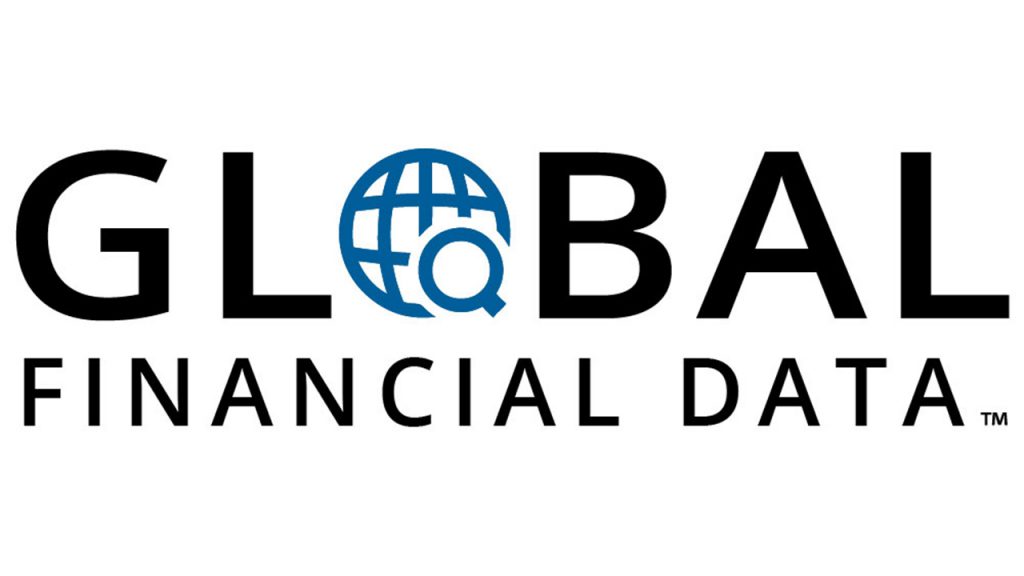 Much is being made about the fact that the bull market is marking its ninth anniversary today. The bear market of the Great Recession hit its bottom on March 9, 2009 and has steadily moved up since then, especially in the United States. The bump we hit in February 2018 is now ancient history. Naturally, most market analysts refer to this as an old bull market since it has been moving steadily upward for the past nine years. But how old is it?
Yes, the United States stock market hasn’t had a 20% correction, or even a 15% correction since 2009, but that is not true of the rest of the world. If you look at both the MSCI Europe Asia and Far East (EAFE) index which includes all developed countries except the United States, and the MSCI Emerging Market Index, these two global indices finished a bear market on February 11, 2016, declining from the peaks of July 2014. A second low was hit in July 2016 and it has been off to the races since then.
Much is being made about the fact that the bull market is marking its ninth anniversary today. The bear market of the Great Recession hit its bottom on March 9, 2009 and has steadily moved up since then, especially in the United States. The bump we hit in February 2018 is now ancient history. Naturally, most market analysts refer to this as an old bull market since it has been moving steadily upward for the past nine years. But how old is it?
Yes, the United States stock market hasn’t had a 20% correction, or even a 15% correction since 2009, but that is not true of the rest of the world. If you look at both the MSCI Europe Asia and Far East (EAFE) index which includes all developed countries except the United States, and the MSCI Emerging Market Index, these two global indices finished a bear market on February 11, 2016, declining from the peaks of July 2014. A second low was hit in July 2016 and it has been off to the races since then.
 Global Financial Data has reorganized its sector and industry classification system to make Communications a separate sector. The introduction of the internet 25 years ago has transformed the world and will continue to change the global economy in ways we still cannot predict. Many services which formerly were provided through brick and mortar stores are now provided online. Businesses which formerly were included in Consumer Discretionary, such as Media and Broadcasting or the Internet in Information Technology have more in common with each other than was formerly realized.
A company such as Amazon not only has a huge retail business, but also hosts huge amounts of data on the cloud and provides streaming services for video and music. Netflix not only rents and streams video, but produces its own movies and series, as does Amazon. These changes have caused a re-evaluation of the classification system of industries and sectors by all of the index providers.
Global Financial Data has reorganized its sector and industry classification system to make Communications a separate sector. The introduction of the internet 25 years ago has transformed the world and will continue to change the global economy in ways we still cannot predict. Many services which formerly were provided through brick and mortar stores are now provided online. Businesses which formerly were included in Consumer Discretionary, such as Media and Broadcasting or the Internet in Information Technology have more in common with each other than was formerly realized.
A company such as Amazon not only has a huge retail business, but also hosts huge amounts of data on the cloud and provides streaming services for video and music. Netflix not only rents and streams video, but produces its own movies and series, as does Amazon. These changes have caused a re-evaluation of the classification system of industries and sectors by all of the index providers.
Global Financial Data’s classification system is based upon 12 sectors and 72 industries. While most other providers have Sectors and Sub-Sectors, Industries and Sub-Industries, we keep it simple and limit our system to Sectors for the whole economy and the industries that make them up.
GFD’s sectors differ from other index providers because we keep Transportation as a sector rather than making it part of the Industrials as other providers do. GFD focuses on sectors and industries that have existed over the past 200 years, not just the ones that exist today. The Transportation sector laid the foundations of the stock market back in the 1800s and deserves to be recognized for this as a separate sector.
While other index providers periodically rejig their classification system to adjust to new trends in the market and investing, Global Financial Data has created a timeless system that covers over two centuries of sector classification and recognizes industries that no longer exist. Canals and Docks have their own industry because that industry dominated the stock market in England in the early 1800s. Telegraphs, Cables and Express were all important industries in the 1800s, but no longer exist. We don’t delete industries that economic change has eliminated.

The Risk-Free Rate of Return is an important concept in financial markets since it provides the return an investor can receive on his money without running any risk of loss. Typically, the rate of return is measured by the one-month treasury bill issued by the government. But what happens when there are no Treasury bills to measure the risk-free rate of return?
Investors in government bonds have found out that government bonds are not risk free, even if there is virtually no risk of default, because the price of the bond produces capital gains and losses to bondholders. The longer the maturity of the bond, the greater the change in the price of the bond whenever bond yields change. Treasury bills, on the other hand, are redeemed within a month at their face value, and short of a default, there is no risk of loss due to capital gains or losses.
But what if there are no Treasury bills, as was generally the case in the 1800s, that investors can use for a risk-free investment? One alternative is the interest rate the central bank pays on deposits with the bank. England has had a central bank beginning in 1694 and this rate enables historians to provide a risk-free rate of return in Great Britain for over 300 years.

Global Financial Data’s analysis of global markets gives a positive review for 2018.
Our review for 2017, “2017: Let the Bull Markets Continue,” hit the mark right on the spot. We noted that a “relatively large number of countries put in … a bear market bottom in 2016. Investors should expect that global markets will continue a bull market run in 2017.” And right we were.
Global Financial Data covers over 100 stock markets worldwide with over 100 years of data on bull and bear markets back to the 1800s. We keep track of the tops of bull markets and the bottoms of bear markets. A market top occurs when a peak is reached followed by a 20% decline. A market bottom occurs when a stock market hits a trough which is followed by a 50% or greater rise.


